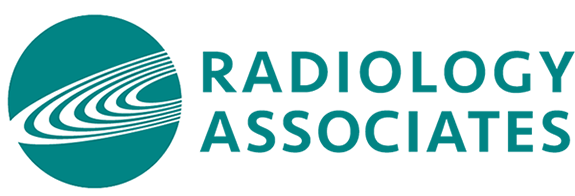Stroke affects nearly 800,000 Americans each year. About 80% of strokes are preventable, especially through successful management of high blood pressure, as well as other lifestyle measures like quitting smoking, getting plenty of exercise and monitoring sodium intake. Once a stroke occurs, every second counts, so if you have any symptoms, call 911 immediately. Without quick treatment, stoke can lead to permanent disability or death, so time is of the essence.
The National Stroke Association uses the acronym FAST to remember symptoms of stroke:
F - Face: When smiling, does one side of the face droop?
A - Arms: When both arms are raised, does one arm drift or fall downward?
S - Speech: Is speech slurred or strange? Is the ability to understand impaired?
T - Time: Call 911 immediately if you experience or observe any of these symptoms, alone or in combination.
Other symptoms may include any or all of the following with sudden onset: drooping, numbness or loss of coordination of the face or body, especially on one side; confusion or trouble speaking; difficulty seeing out of one or both eyes; dizziness; unexplained severe headache.
Stoke can be treated to minimize damage and encourage recovery, but because not all strokes are the same, correct treatment demands an accurate diagnosis. One of the most advanced tools to assess stroke is MRI imaging, a sophisticated diagnostic test capable of producing precise, 3D-quality sectional images of the brain to differentiate the causes of stroke. Most strokes are ischemic, meaning caused by a blocked artery that prevents blood from getting to the brain. However, about 13% are hemorrhagic, involving bleeding within the brain. With an ischemic stroke, treatment often includes blood-thinning medication to treat the blockage. Conversely, treatment for hemorrhagic stroke typically includes eliminating blood-thinning medication and providing treatments to support blood clotting. As you can see, knowing which type of stroke you’re dealing with is crucial, as both types require completely different treatments. Adding to the importance of a correct diagnosis is the fact that other problems can mimic stroke, including venous-sinus thrombosis, viral meningitis, migraine, even severe anxiety, all of which require different treatment protocols.
MRI utilizes powerful magnets and radio waves to see real-times images of the brain, blood vessels and related anatomical or molecular events in greater detail than CT imaging, and without ionizing radiation. The board certified radiologists of RAI are highly experienced in MRI imaging and the analysis of even tiny abnormalities deep within tissues. Being able to visualize and track events in the brain promotes the best chance of preventing further damage and points the way to appropriate therapy.
If you or someone you care about has been diagnosed with possible stroke, talk to your referring clinician about MRI testing. With a fast and correct diagnosis, stroke can be treated to promote optimal recovery.
